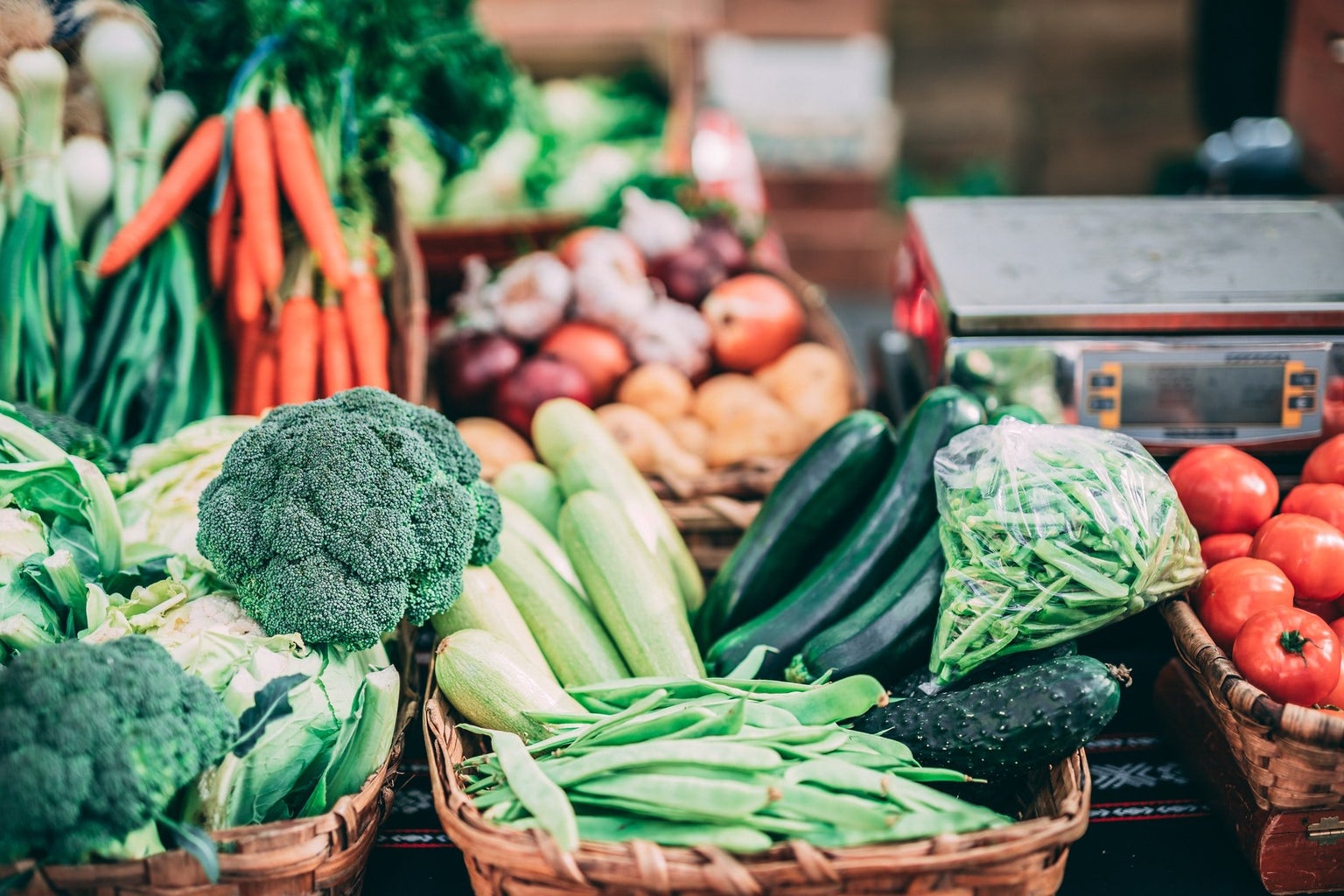I would not consider myself to be the world’s biggest fan of mobile game apps, nor did I grow up playing video games. However, every semester as schoolwork begins to pick up, I find myself being sucked back into the tranquil farming world of Hay Day.
This semester in particular, I have found solace in mindlessly reaping virtual crops during my ten minute break between Organic Chemistry and Genetics, or as a reward for uninterrupted studying in the library. I knew my fixation with this game was spiraling when I started seeing farm visitor Greg in students wearing flannels, and when the dessert bar in the Hickey became a reminder that I have cakes to collect from my online oven.
Alas, my professors seem oblivious to the fact that my world has been overtaken by a loosely realistic farming app, and my first round of exams is rolling in. To maintain focus, I have been forced to find parallels between my study habits and Hay Day.
Step 1: Scanning Your Inventory
The first thing I do every time I log onto Hay Day is collect my products and evaluate my inventory. Regardless of the truck orders and tasks I have to complete, I try to keep certain products stocked above a fixed threshold. For example, I try to always have at least two of each type of pie.
This equates to the preliminary assessment I perform every time I begin to study for an exam. To understand where I need to begin, I scan all of my study materials and textbook learning objectives, then compile a list of each concept I need to understand for the upcoming test. Though I may begin this 1-2 weeks before an exam, I am not starting from ground zero; I do some lighter studying throughout each unit to remain above a set standard of understanding for big ideas. I view this as keeping my mental information inventory stocked.
Step 2: Making a plan for truck orders
Now, it is time to address the elephant (or pig/sheep/cow) in the room, truck orders. As the main form of cash flow in the game, completing truck orders is an important task. After your initial harvest, some truck orders will already be complete; but others which ask for items that require multi-step production lines, may compel you to input intermediate products into more of your buildings before the order can be completed. Then, of course, once you complete each truck order, a new one appears in its place.
When studying key ideas, I sort them into ones which I already have a strong understanding of, ones I am familiar with but need to spend more time on, and ones I have a weak grasp of. The ones I can almost immediately set aside are like the truck orders that complete themselves from my stocked inventory. The concepts I need to refine my understanding of are like truck orders that are in progress but require some more virtual machine processing; and the new orders that pop up are concepts I might feel like I’ve never seen before. By ranking key points by how much work needs to be done, I pride myself to spend an appropriate amount of time on each one.
Step 3: investing resources in expensive products
Once I’ve addressed my truck orders and set my farm equipment to work on materials for incomplete orders, it is up to me to decide how to fill the capabilities of each piece of equipment. I make it a point to fill the queue on each of my machines, and ensure that every block of farmland is in use before I log off the game. This way, I can maximize my farm’s efficiency even when I am offline. I have completed some trial and error testing of the coin value for each item I can sell in my roadside shop, and have deduced that the cream cake and hamburger are the current items giving me the most bang for my buck. Therefore, I invest my extra queue spots and resources in producing these two items and their necessary ingredients (bread, wheat, eggs, cream, white sugar, bacon…).
This is similar to reaching the point in my studying when I feel I have a solid understanding of all of the key ideas addressed in the unit. At this stage, I can begin expanding my knowledge of the material by exploring new connections between topics and discovering how concepts relate to one another. I know that practicing this mentality will help me on heavy-hitter questions like short answers or essays.
Step 4: being patient
To me, the appeal of Hay Day is that I can make tangible progress in the game without being on it 24/7; it forces the player to take breaks and return after several hours (or days) to reap the fruits of their online labor.
Studying is very similar. As much as I wish it could be, preparing for an exam is impossible to do in one sitting. Concepts I feel strong in one day, I may revisit after some time and realize they were never committed to long-term memory. I find the most success in my studying when I take breaks (to play Hay Day, even) and spread my review of material over several days.
In all seriousness, reframing my academic duties into Hay Day terms has helped me make light of a heavy workload and more intense study schedule this semester. I’ve been told so many negative things about sophomore year as a pre-med student that I found myself dreading the semester before it began. Approaching daunting tasks with a touch of lightheartedness has made them a lot easier to tackle.



